Even before Kansas was a state, the sun has been rising and setting on the Kansas plains. Back in the 1880s, our ancestors saw that same expansive sky stretching across the horizon as the new days dawned on a new state in the Union.
While the view may be similar, it's amazing to consider the changes in agriculture during my lifetime, and even more so during my parents' lifetimes.
Today is Kansas (and national) Ag Day. It's a day set aside to celebrate agriculture's role in American life.
Yesterday was the 21st of the month, and this year, that means a photo update as we march toward summer 2022 and our final wheat crop as active farmers. Just like those sunrises, farmers have been scouting fields to watch the condition of their crops since farmers first began tilling the soil.
As with any quality teacher, Mrs. Meyer gave us an assignment. She wanted us to compare the "then and now" of farming. The second graders are learning about comparison and contrast. Mrs. Meyer helps to illustrate the concept by inviting community members with different backgrounds to talk about their professions or interests and compare them, then and now.
We may not be as interesting as Elroy's Pizza, but we were glad to do it.
Several years ago, my mom compiled a family scrapbook for each of my kids, as well as her other grandchildren. Both my mom and dad wrote down memories, which were included in the books. In addition, she made copies of photographs. Some of those photos were of family. Others were of farm machinery.
She even included a photo of my dad as a 2-year-old in front of the family's Cletrac tractor.
My mom did a great job through the years of taking photos of equipment as they added it to their farm in Pratt County.
She had photos of some of the first equipment they purchased after coming back to the farm together in 1956 after their college days at Kansas State University. My parents also kept meticulous records of how much some of that machinery cost.
The photo below shows that first tractor compared the size of the
equipment these days. In 2021, they experienced their 65th harvest of
their farming career together. (Thanks to my brother for the photo.)
During my lifetime, my parents added irrigation to their farm. I also showed the second graders photos related to rural electrification, a cause championed by my maternal grandfather, Shelby Neelly. We talked about the decrease in rural population and what that meant for our rural community.
I have thousands of photos I've taken during our nearly 41 years of marriage and farming. But those old photos and the accompanying history gave me a great head start in preparing the PowerPoint presentation for the second graders, using the "then and now" theme.
I have a few historic photos of Randy's family farm, but nothing nearly as complete as my Mom compiled. (I know how fortunate I am.) The photo above was in photos from Randy's family, but there was no information about the date it was taken or the people.
We also showed a video, showing a similar team threshing wheat. Even though it obviously wasn't filmed in Kansas, it still showed a much different picture of harvest then and now.
Randy's family has a similar history of farming in Kansas. This pasture on the Rattlesnake Creek has been in his family since 1900.
I did share a few photos from their farm history in the slide show.
 |
| Randy's Grandpa Melvin |
 |
| Randy's family on a cattle sorting day |
I also pointed out the differences in farm wives today, compared to yesteryear.

We know that food and fiber doesn't just arrive at the grocery or clothing store or magically appear on the dinner table or in our closet. There's an entire industry dedicated to providing plentiful and safe food for consumption.
Even that tally for feeding has changed: In the 1950s, when my parents were beginning to farm on their own, the American farmer fed 27 people. That's increased 138 people in about 65 years. Pretty amazing, right?
- Each American farmer feeds about 165 people. Agriculture is America's No. 1 export.
- New technology means farmers are more environmentally friendly than ever before.
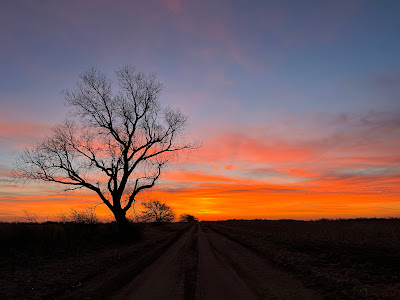


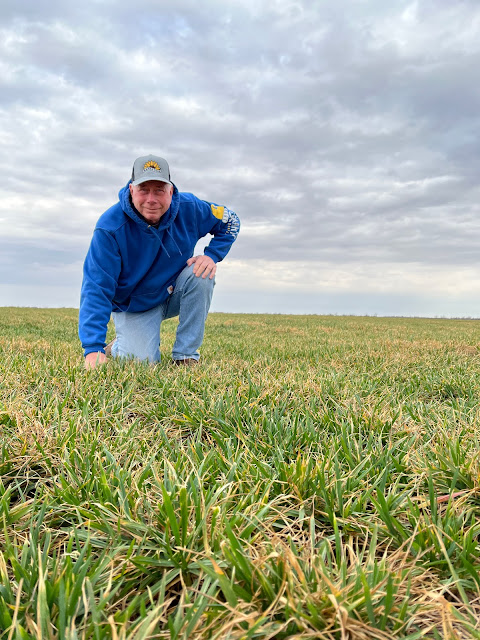

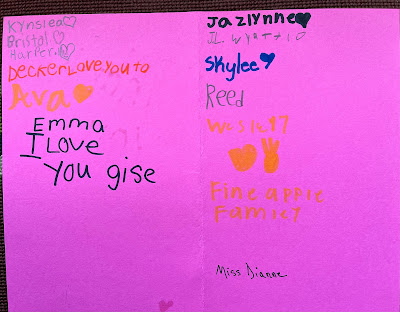
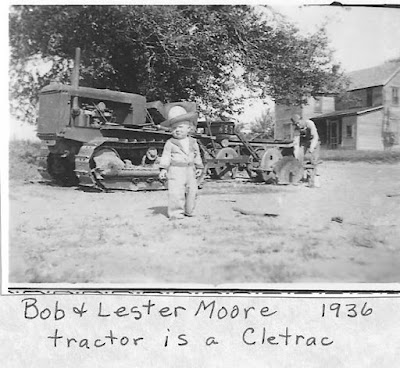







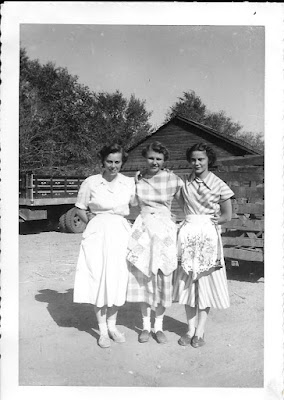

No comments:
Post a Comment